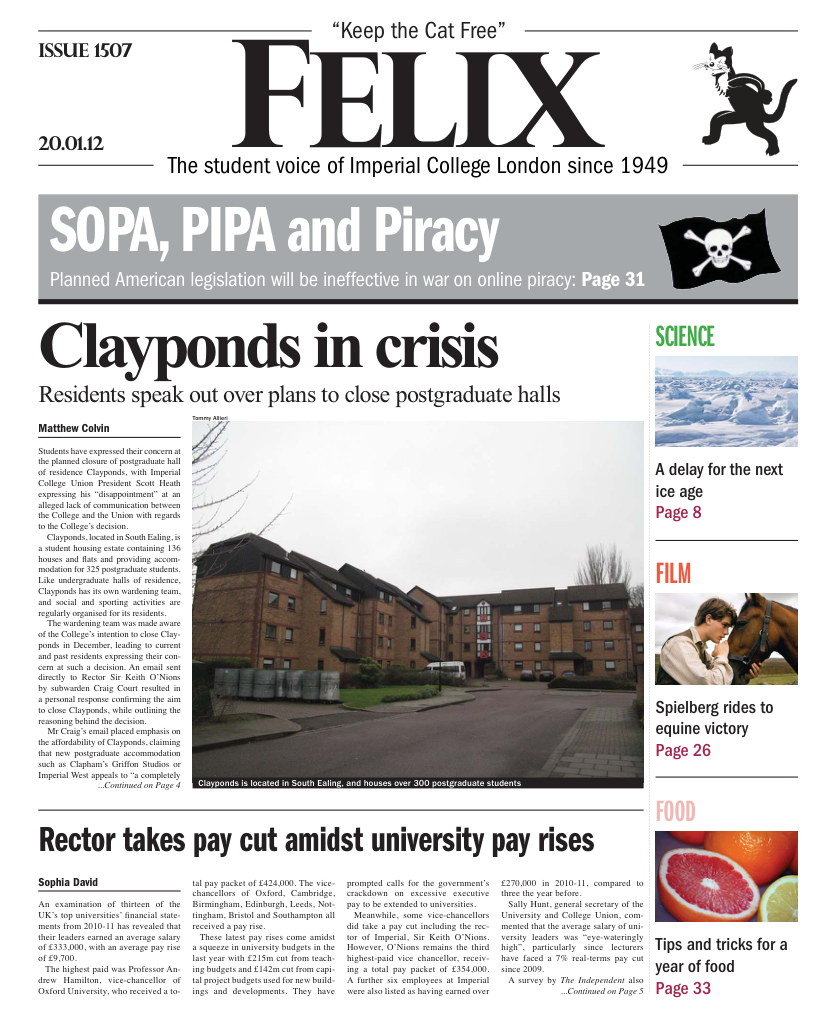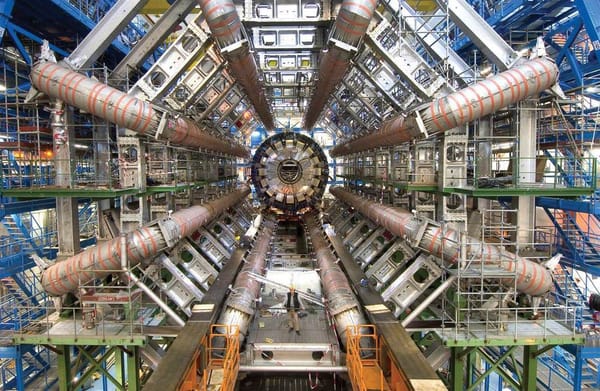How we find faces
Our face is one of the main things that identifies us as an individual.
Babies have a tendency to attend to face and “face-like” stimuli (such as a triangle on a point as opposed to on a base). With faces practically hard-wired into our systems from a young age, it makes sense that there is a part of the brain dedicated to recognising faces in opposition to non faces – the fusiform gyrus.
However, what is perplexing to scientists is that such a finely tuned organ as the brain appears to have a lot of overlap in function between hemispheres.
Ming Meng and colleagues recently helped clear up this area of murky understanding proving there are indeed differences between the right and left fusiform gyri.
Firstly, the results show that the right fusiform gyrus tends to make face/non-face categorical judgements. As in, there is a clear cut-off point. In contrast, activity in the left fusiform gyrus appears to correspond to face similarities within an image. This is modulated by contextual information – an almost mental sharpening by enhancing responses to faces and diminishing them towards almost faces.
So, when we look at the ‘faces’ of inanimate objects, such as a car for example; I imagine the response in the brain goes a little like this:
Right Fusiform gyrus: “That is not a face.”
Left Fusiform gyrus: “It’s a little too square and metallic for a face, but look it’s smiling!”
In the right hemisphere, as a categorical judgment has been made, there is no real enhancement or change.
This could possibly lead you to believe, with such a quick initial judgement being passed, that the right fusiform gyrus undertakes the rapid initial processing. As with many things concerning the brain, it is not that simple. Through careful studies, scientists have worked out that responses in the left side occur within two seconds of seeing the image and diminish quickly (correlating with rapid processing) while responses on the right can last up to eight seconds indicating deep cognition of faces.
However, this research is not simply about finding out where our childish ability to delight in face-like forms arises from. With the brain being as intricate and delicate as it is, problems can easily occur.
Though our understanding is currently limited; research such as this that furthers our knowledge brings us one step closer to treating and helping a multitude of neurologically damaged patients.








